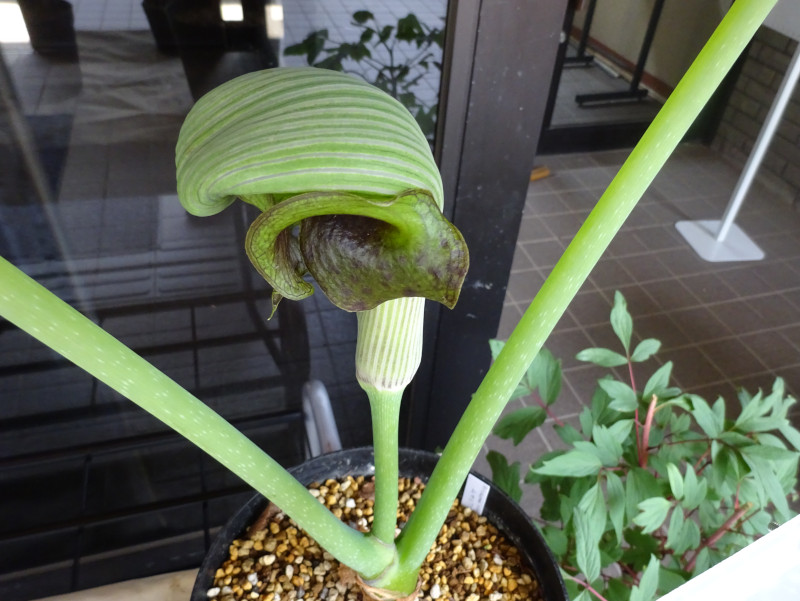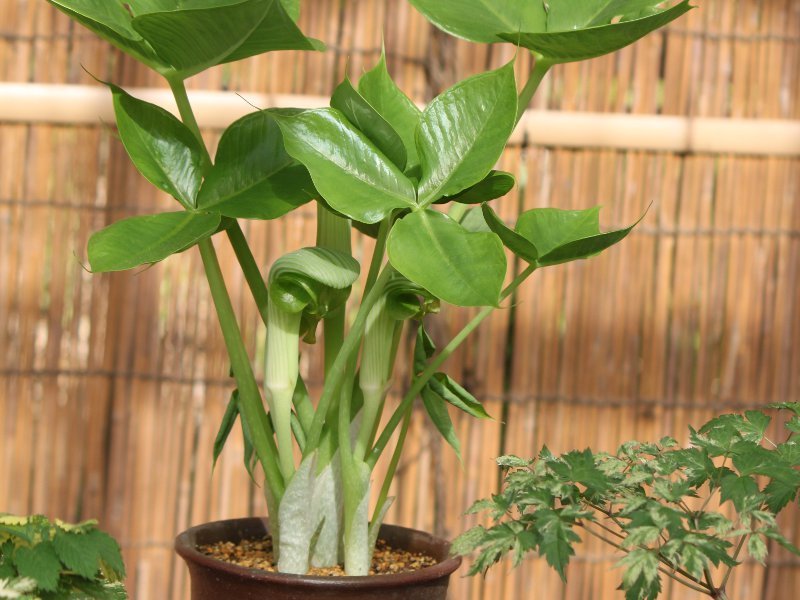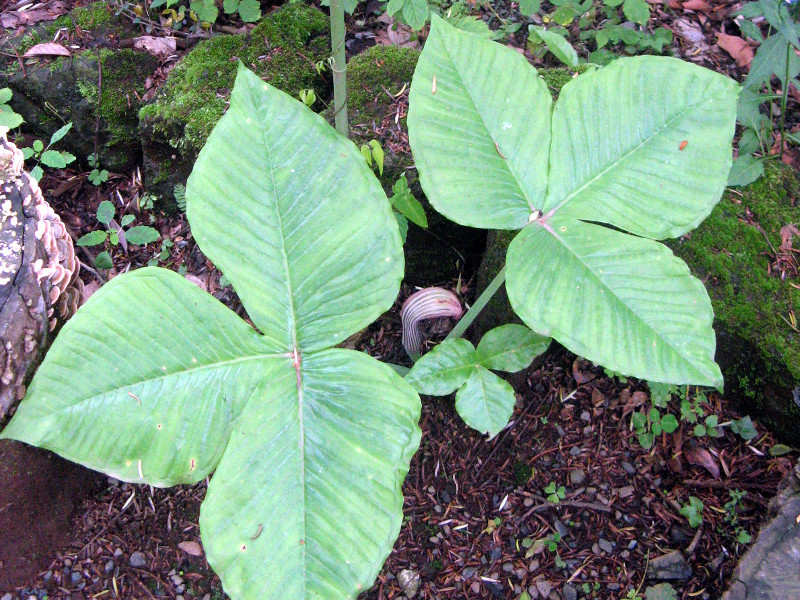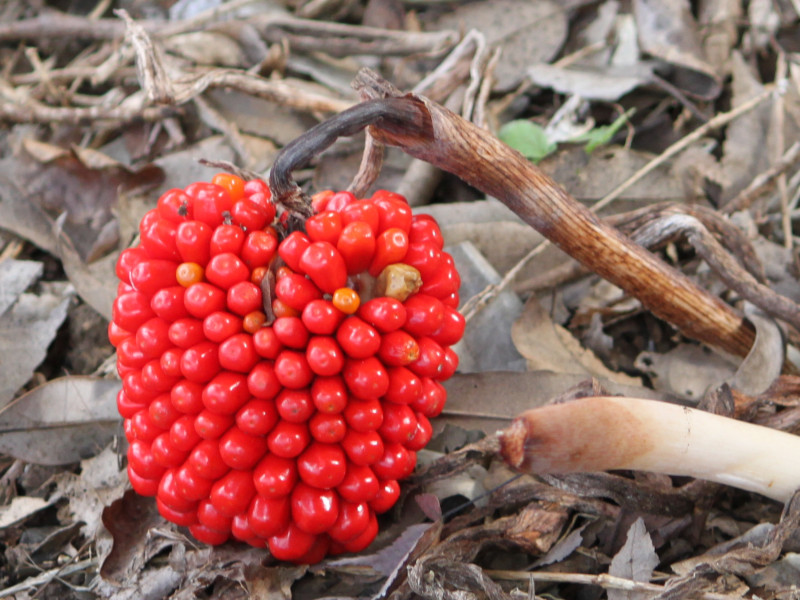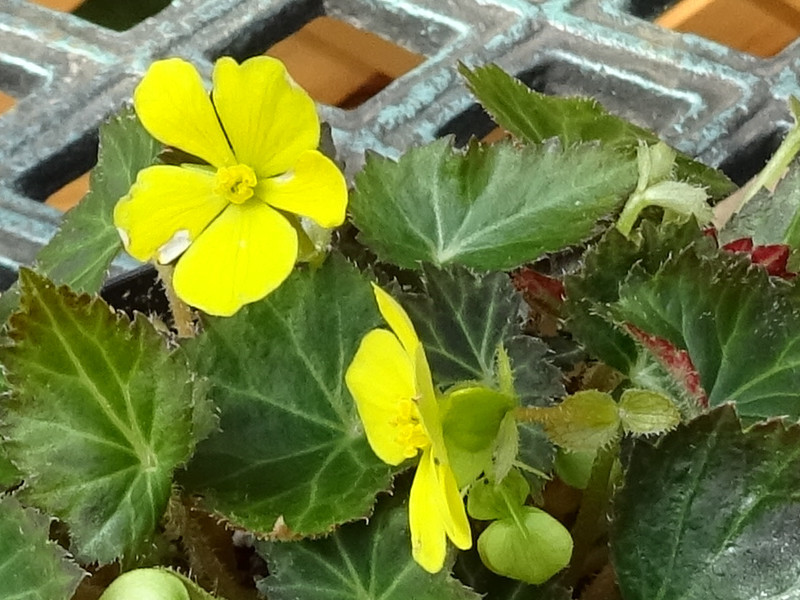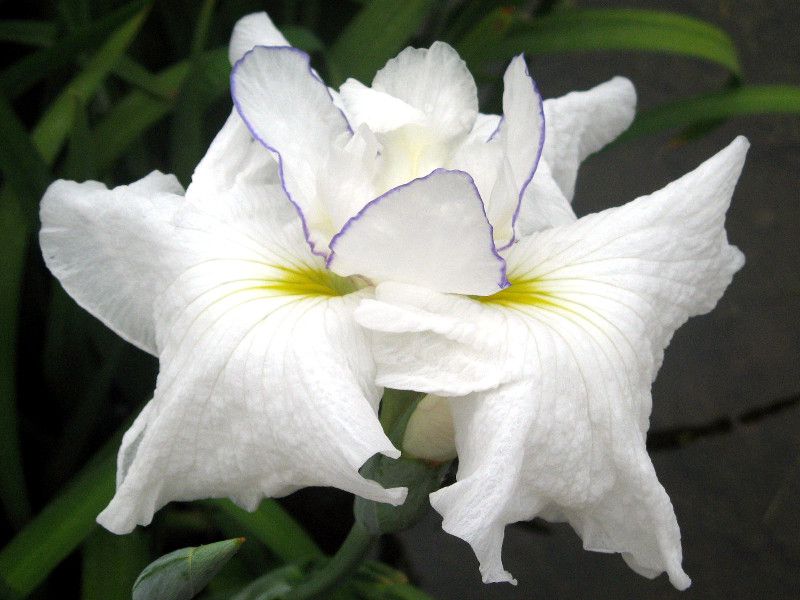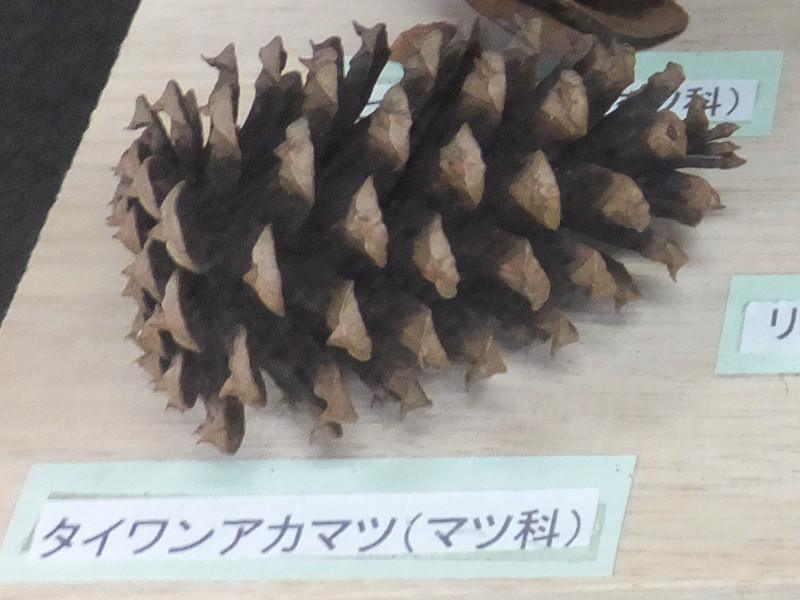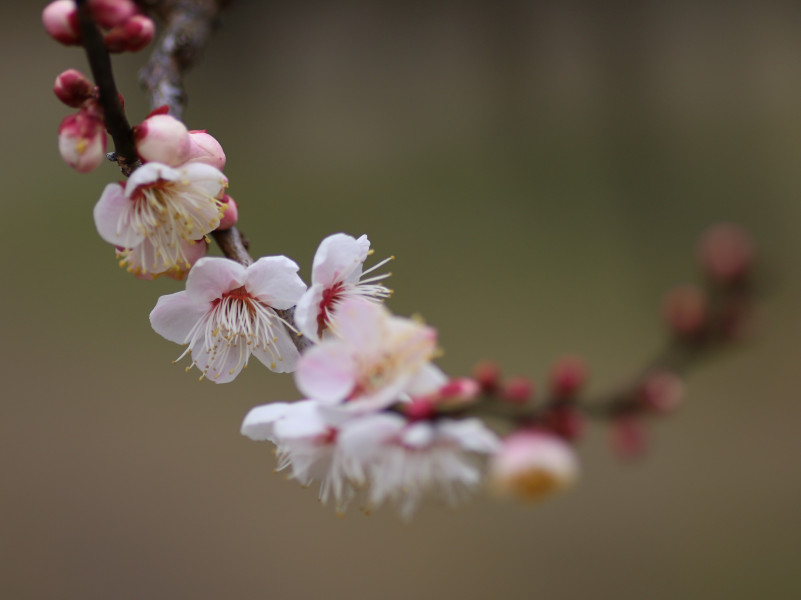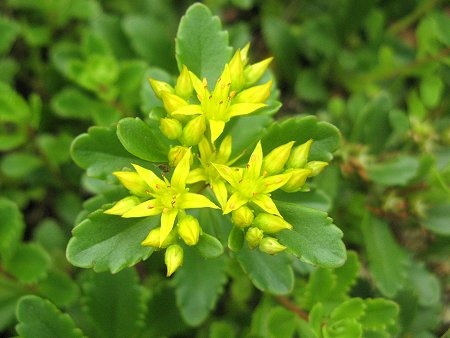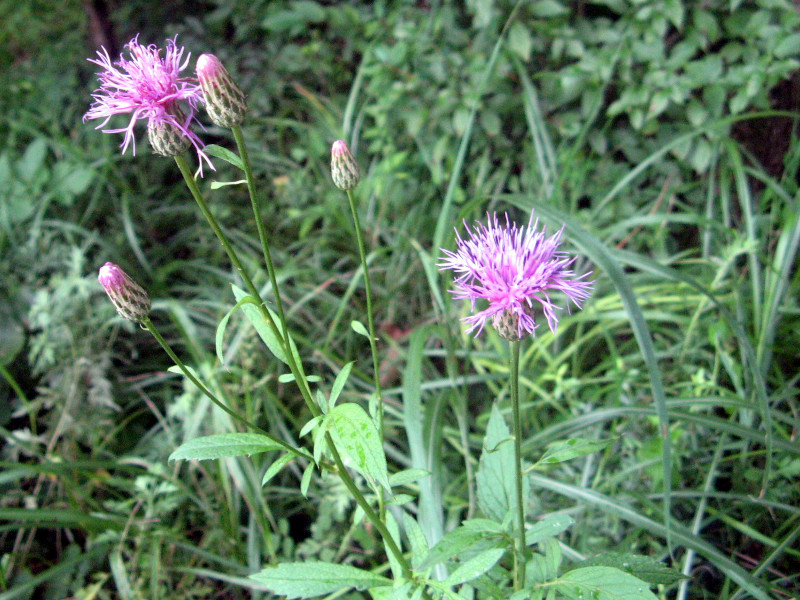Arisaema ringens
- Flower nameArisaema ringens
- Scientific nameArisaema ringens
- Alias武蔵鐙, 普陀南星
- Place of originJapan, Korea, Taiwan and China
- Place of floweringFields and footpaths, Wetlands
- Flowering seasonMarch, April, May
What is Arisaema ringens
Arisaema ringens or Musashi abumi (scientific name: Arisaema ringens) is native to Japan, Korea, Taiwan and China and is a perennial of the Araceae family. Two large 3 leaves of bud leaves are attached, and a floral pattern lower than the leaves is put out from between. It has a Buddhist bract at the tip, and there is a pod inflorescence inside. However, since the Buddha flame braid is wrapped in a bag shape, both sides of the rim protrude sideways so that the floral inflorescence can not be seen. Buddha bract is dark purple or green with white vertical lines. It is said that the origin of the flower name is based on the fact that the shape of the Buddha bract is similar to that of the harness that was made in Musashi (currently Saitama, Tokyo, Kanagawa Prefecture).
Common name: Arisaema ringens or Musashi abumi, Scientific name: Arisaema ringens, origin: Korean Peninsula, Taiwan, China , Kanto from Japan's Kanto, Kyushu, Okinawa, Environment: in a wet forest close to the coast, plant height: 20 to 50 cm, with bulbs, leaf shape: 3 out biloba, leaf height: 15 to 30 cm, leaf number: 2, leaf shape : Broad ovoid, leaf order: all edges, dioecious streaks, inflorescence form: fleshy inflorescences, buddha flame bract color: white line in vertical direction with green or dark spot color, inflorescence length: 5 to 10 cm, flowering season: March ~ May, fruit type: fruits, remarks: whole grass poisonous plants.
